Who wouldnt want to be the next Ironman wearing an indestructible suit? Fear not, help is on the way from a few cutting edge companies. Here are 5 of them.
Contributed by | Bolmig
Raytheon XOS 2
XOS 2 is a second-generation robotics suit being developed by Raytheon for the US Army. The company publicly demonstrated the capabilities of the exoskeleton for the first time at its research facility in Salt Lake City in Utah. The wearable robotic suit increases the human strength, agility and endurance capabilities of the soldier inside it. The XOS 2 uses high-pressure hydraulics to allow the wearer to lift heavy objects at a ratio of 17:1 (actual weight to perceived weight). This allows repeated lifting of the load without exhaustion or injury.
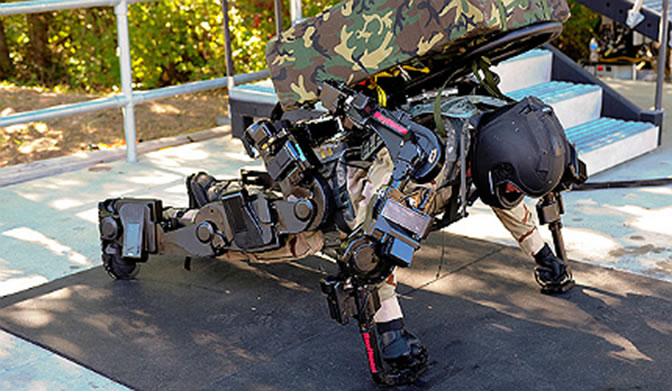
ActiveLink
ActiveLink a subsidiary of Panasonic. Its device is among a small but growing number of exoskeletons available commercially—less fantastic and more cumbersome versions of a technology that’s been a staple of science fiction for some time. Though they have mainly been tested in medical and military settings, the technology is starting to move beyond these use niches, and it could make a difference for many manual laborers, especially as the workforce ages.
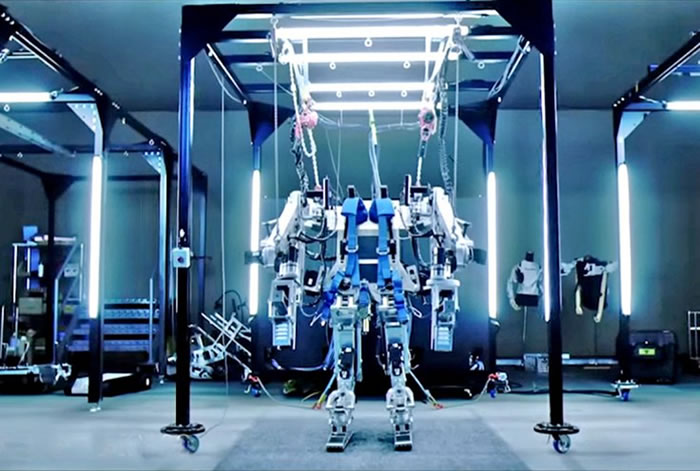
Nuytco Exosuit
Developed and built in North Vancouver by Nuytco Research Ltd, this hard metal dive suit allows divers to operate safely down to a depth of 1000 feet and yet still have exceptional dexterity and flexibility to perform delicate work. The amazing technology of the EXOSUIT atmospheric diving system (ADS) maintains a cabin pressure of the surface and still allows the suit to bend due to a unique rotary joint invented by Phil Nuytten.
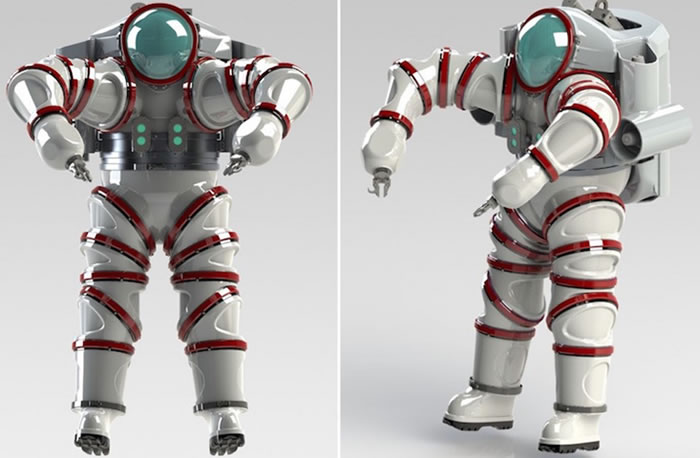
DARPA Soft Exosuit
The device, the Soft Exosuit, is intended to be worn comfortably under clothing and could enable soldiers to walk longer distances, keep fatigue at bay, and minimize the risk of injury when carrying heavy loads. Alternative versions of the suit could eventually assist those with limited mobility as well. DARPA's Warrior Web program seeks to develop technologies to prevent and reduce musculoskeletal injuries for military personnel, but the same technologies could also have civilian applications. A reduction in such injuries could reduce long-term healthcare costs and enhance quality of life for wearers of the suit.
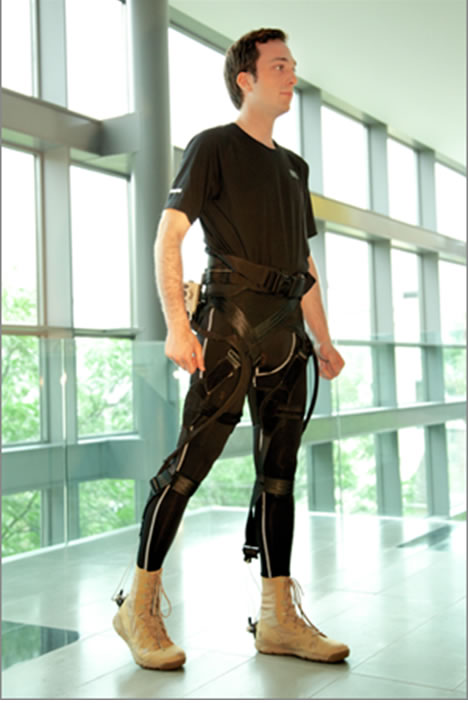
Ekso Bionics
Ekso Bionics was founded in Berkeley, California in 2005. Since inception Ekso Bionics has forged partnerships with world-class institutions like UC Berkeley, received research grants from the Department of Defense and licensed technology to the Lockheed Martin Corporation. Today Ekso Bionics continues to pioneer the field of exoskeletons, designing and creating some of the most forward-thinking and innovative solutions for people looking to augment human mobility and capability.
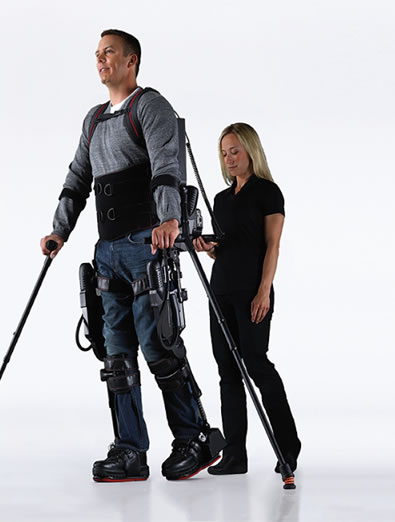
About Bolmig:
Bolmig is a News & research oriented service with a strong focus on the technologies that impact our lives.
The content & opinions in this article are the author’s and do not necessarily represent the views of RoboticsTomorrow
Featured Product


